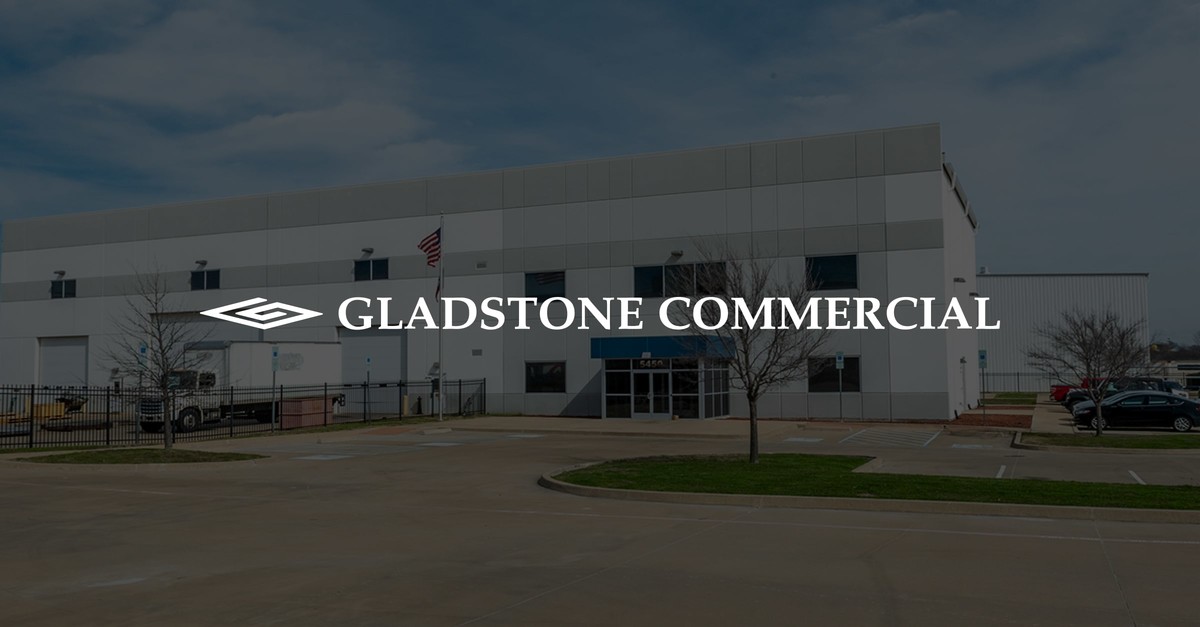
Gladstone Commercial Corporation (NASDAQ:GOOD) reported revenue of $39.2 million, surpassing estimates.
The company’s quarterly FFO reached $0.38 per share, indicating operational efficiency and growth.
Despite strong earnings, the high P/E ratio and financial leverage ratios such as a current ratio of 0.20 and a debt-to-equity ratio of 1.62 highlight potential financial risks.
Gladstone Commercial Corporation, listed as NASDAQ:GOOD, is a real estate investment trust (REIT) that focuses on acquiring, owning, and managing office and industrial properties across the United States. The company aims to provide stable and growing distributions to its shareholders. In the competitive REIT sector, Gladstone Commercial competes with other firms like Realty Income Corporation and W.P. Carey Inc.
On November 4, 2024, GOOD reported its earnings, revealing a revenue of approximately $39.2 million, which exceeded the estimated $36.9 million. This positive revenue performance indicates the company’s ability to generate more income than anticipated, reflecting its operational efficiency and market demand for its properties.
In addition to revenue, GOOD’s quarterly funds from operations (FFO) were reported at $0.38 per share, surpassing the Zacks Consensus Estimate of $0.35 per share. This marks an improvement from the previous year’s FFO of $0.34 per share, highlighting the company’s growth in generating cash flow from its operations, as highlighted by Zacks.
Despite a strong earnings report, GOOD’s financial ratios present a mixed picture. The company has a price-to-earnings (P/E) ratio of approximately 35.48, indicating that investors are willing to pay over 35 times the company’s earnings over the last twelve months. This high P/E ratio suggests that investors have high expectations for the company’s future growth.
However, the company’s current ratio of 0.20 suggests potential challenges in covering short-term liabilities with short-term assets. Additionally, a debt-to-equity ratio of 1.62 indicates a higher level of financial leverage, meaning the company relies significantly on debt to finance its operations. These factors may pose risks to the company’s financial stability.

